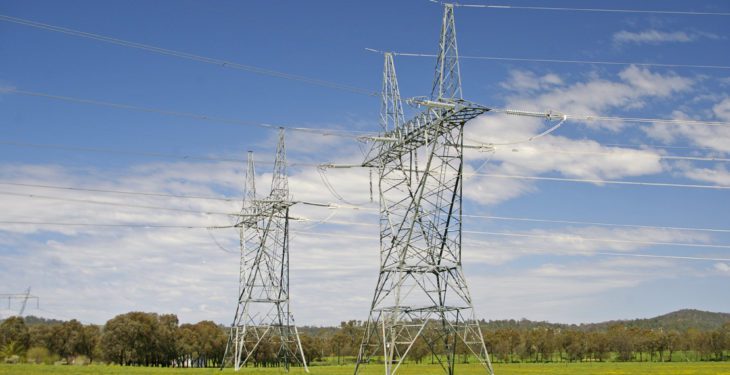Landowners cannot be coerced into having pylons and the associated interconnector works involved on their land, according to the deputy president of the Irish Creamery Milk Suppliers’ Association (ICMSA) Lorcan McCabe.
Commenting after a North-South interconnector meeting held in Monaghan recently, McCabe said that the public of the north-east have resisted this proposal for over a decade and their opinions must be respected and incorporated into future planning.
“The ICMSA still believes the line must be underground and we think that every passing week supports that option,” McCabe said.
“Given ongoing developments in technology and the expected publication of two further reports in the coming months – which must be published by Minister Naughten as quickly as possible – it is essential that a proper and future-orientated cost/benefit analysis is considered.”
The deputy president said that, like many others, the ICMSA is not convinced that the outlays and figures cited by EirGrid are comprehensive enough.
He added that any potential savings made by use of pylons could be more than outweighed by other related costs, such as legal challenges and delays – along with a possible impact on the ‘green and clean’ image of Ireland that has been decades in the making.
“There are other costs that we know can now be calculated and which we think must be fed into the calculation; what, for instance, are the costs going to be as calculated by depreciation to both built and natural heritage?
EirGrid wants the analysis confined to a simplistic pylons-versus-underground sum with no other inputs or considerations permitted.
“We’re saying that these kinds of projects have moved well past that kind of obsolete calculation a long time ago”, McCabe said.
The deputy president stressed that the ICMSA is in no sense ‘anti-development’, stating: “We’re absolutely not against development and necessary infrastructure but the long-term vision of the state – and its crucial food production sector – will best be served by investing now in putting the line underground and this has to be the preferred option.
As the engineering advances, the proportionate extra cost of ‘undergrounding’ the line is falling and this, too, has to be factored.
“The smart, strategic and sustainable option here is actually the underground option,” McCabe concluded.
